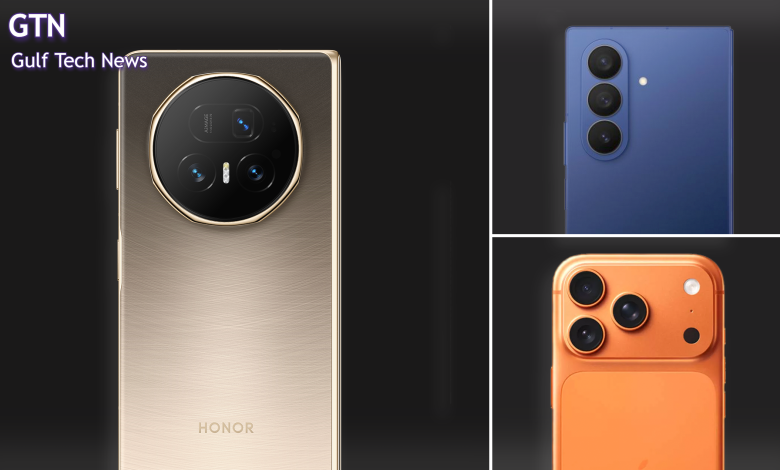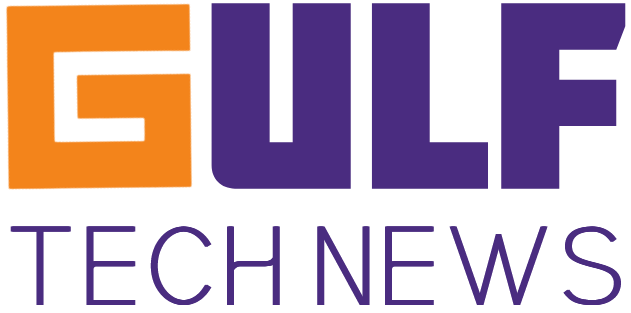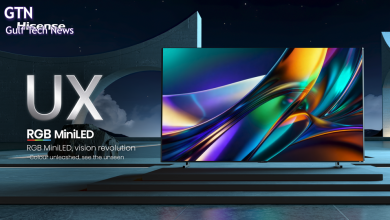Apple’s iPhone 17 Launch Event: Is It Really Worth the Hype?

Apple’s most anticipated event of the year concluded with the unveiling of the iPhone 17 lineup, featuring the iPhone 17 Pro and the ultra-slim iPhone Air, alongside the latest Apple Watches and the announcement of iOS 26’s release date.
The iPhone Air stands out as the thinnest iPhone to date, while the flagship iPhone 17 Pro models received a bold redesign. Here’s a roundup of the key highlights and expert insights.
Apple’s new iPhone Air certainly grabbed headlines for being the thinnest iPhone ever, but thinness comes at a cost. By prioritizing a slimmer profile, Apple seems to have compromised on battery capacity, physical SIM options, and even speaker size, all practical aspects that affect everyday use.
What’s more, despite growing concerns over heating in modern smartphones, the Air doesn’t appear to introduce advanced cooling solutions like a vapor chamber, which rivals such as HONOR and Samsung have already embraced.
The new lineup features significant design upgrades, including a reimagined camera layout and a bold new orange color that serves as the hero for this launch. Beyond aesthetics, Apple also emphasized improvements in durability, with refined materials and finishes that enhance both the visual appeal and the overall reliability of the devices.
But it’s a bit contradictory: last year Apple pushed Titanium as the ultimate material, and now they’re promoting Aluminum as the big upgrade. It feels like the story changes every year to fit the product, rather than one clear standard of “best.”
In addition to design, Apple team highlighted the key hardware and software upgrades. Here’s an outline of the major product highlights introduced during the launch.
Familiar Features, Few Surprises
Starting with the hardware, Apple highlighted its new Triple 48MP Fusion camera system with optical-quality 8x zoom, which brings improved detail and low-light performance for iPhone users, along with up to 8x optical-quality zoom on the iPhone 17 Pro Max.
While higher-resolution cameras are available from other brands like Samsung and HONOR, with some offering 64 MP periscope telephoto (OIS) or higher, Apple continues to focus on optimizing image quality and user experience.
On the iPhone 17 and 17 Pro Max models – excluding the iPhone Air – Apple adds support for 50% charge in around 20 minutes when using a 40 W adapter or higher, which is of course sold separately.”. Competitors, however, offer 66 W or higher charging speeds, enabling quicker recharges for more intensive daily use – and these fast chargers come included in the box.
Battery life has also seen thoughtful improvements, supporting extended daily use with efficiency. Yet some rival devices feature larger batteries that can handle high refresh rate displays, multitasking, and longer usage more comfortably, giving them an edge in raw endurance.
Apple also introduced a vapor chamber for better cooling, presenting it as a big step forward—though this is something other brands like Samsung and Honor have been using for years.
Upgrades New to Apple Users but Familiar to Other Smartphone Users
During the launch event, Apple announced the release of iOS 26, also branded as Liquid Glass, with one of its headline features being AI Live Translation, allowing users to communicate across languages seamlessly. The feature integrates with the new AirPods Pro 3 and the iPhone’s on-device AI engine.
Speech picked up by the AirPods’ beamforming microphones is transmitted to the iPhone, where Apple’s large language model processes the audio stream in real time. While this is a valuable addition for Apple users, it is not a groundbreaking innovation, as similar functionality has been introduced on devices like those from HONOR earlier this year for example.
Looking at Apple’s recent launches, it’s clear that the company is no longer moving at the rapid pace of technological breakthroughs seen from Samsung and HONOR. Over the past three years, there have been few, if any, truly revolutionary features. In this context, Apple’s software updates feel more evolutionary than revolutionary, refining existing capabilities rather than introducing new technology.
The Shift Toward Foldables
Perhaps the biggest challenge for Apple is not what it launched, but what it didn’t. The smartphone industry is experiencing a notable shift toward foldable phones. Brands like Samsung and HONOR are pushing forward with devices that combine portability with productivity, such as the HONOR Magic V5 and Galaxy Z Fold7.
Foldables offer expanded screens for multitasking, split-screen app usage, and a form factor that adapts to modern, on-the-go lifestyles. While rumors suggested that Apple might launch a foldable device, it did not appear at this event.
Apple’s latest devices will undoubtedly continue to sell well, supported by a loyal customer base and its premium ecosystem. Yet this launch also underscores a reality: Apple’s pace of innovation has slowed compared to the rapid advancements in the broader smartphone market.
Across the industry, competitors are introducing revolutionary features, AI-driven innovations, and high-performance technologies that are reshaping the smartphone experience. While Apple focuses on refinement and reliability, other brands are pushing boundaries and redefining expectations.
The pressing question is how long Apple can maintain its strategy of gradual evolution while other companies surge ahead. The excitement of eagerly awaiting groundbreaking Apple launches has faded, leaving the spotlight increasingly on competitors who are moving at lightning speed.





